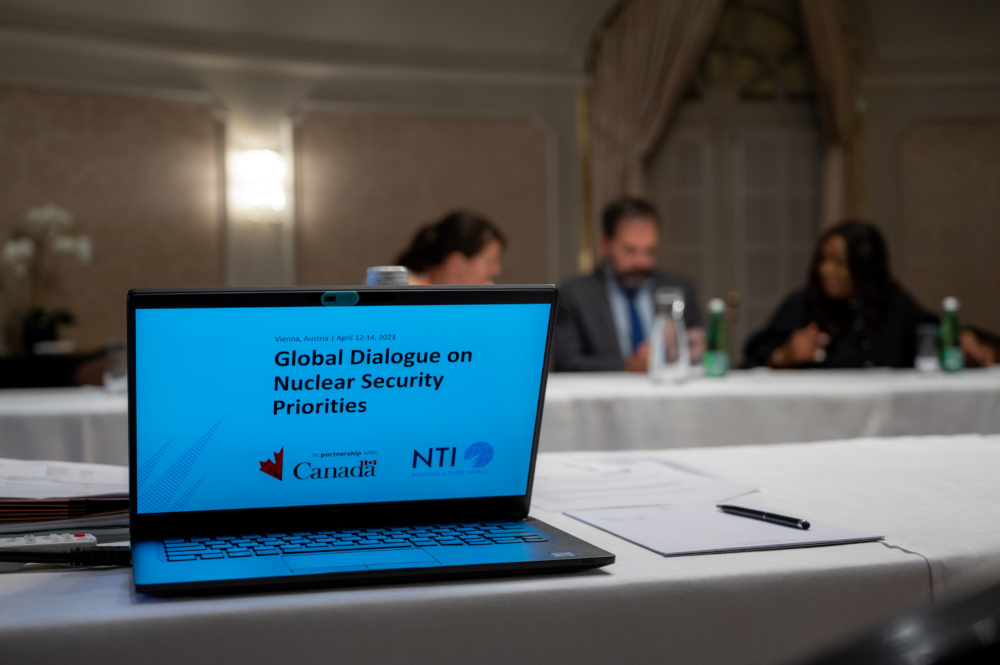
Fostering Nuclear Security Leadership and Innovation
Lessons Learned from 10 Years of the Global Dialogue on Nuclear Security Priorities
“Governance” here refers to the institutional arrangements, in particular, treaties, decisions of international bodies, cooperation arrangements, and other mechanisms, for balancing national and international interests—the basic architecture of the global nuclear security system. Gaps remain in the current governance architecture. This discussion paper focuses on the arrangements for addressing these gaps and for reaching collective decisions for strengthening the global nuclear security system—in particular, whether the Nuclear Security Summits will continue, and if not, what the options are for successor arrangements to the Summit process in pursuit of continuing the nuclear security mission.
The Nuclear Security Summits have garnered the attention and commitment of heads of government for efforts to prevent terrorist and other unauthorized access to weapons-usable nuclear materials. Such efforts have been undertaken over many years, but the need for them was elevated to far greater prominence by President Barack Obama’s 2009 Prague declaration of a new international initiative to secure all vulnerable nuclear material around the world within four years and the consequent Summit process.
Despite the good progress from the 2010 and 2012 Nuclear Security Summits, the 2014 Nuclear Security Summit will not be able to announce “mission accomplished,” i.e., that all nuclear materials worldwide are now effectively secured, much less that the many specific objectives and tasks in the Summit Communiqués and the Work Plan have been fully achieved. Furthermore, even with the importance attached to nuclear security by world leaders, there is still no global system for tracking, accounting for, managing, and securing all weapons-usable nuclear materials, nor is there a path in place for creating such a system. In short, at the end of three Nuclear Security Summits, and notwithstanding the tireless efforts of many governments in demonstrating tangible progress in reducing nuclear risks, world leaders may still fall short of comprehensively and sufficiently addressing the threat.
A decision has yet to be made by the heads of government participating in the Summits whether to continue the Summit process beyond 2014. In view of the substantial work yet to be done, this decision is crucial to the further strengthening of the global nuclear security system. This paper discusses why continuing high-level engagement is needed to address gaps in the global nuclear security system and suggests principles for guiding thinking on how to address those gaps. Drawing on lessons from other multilateral summits and arrangements, the paper outlines possible options for either building new or reforming existing nuclear security architecture to ensure the sustainability of the ongoing nuclear security mission, beyond the Summit process.
Sign up for our newsletter to get the latest on nuclear and biological threats.
Lessons Learned from 10 Years of the Global Dialogue on Nuclear Security Priorities
The Nuclear Threat Initiative has convened government officials, experts, representatives from international organizations, and industry leaders since 2012 to define what a truly comprehensive and effective global nuclear security system would look like and has developed related recommendations. This paper is the culmination of this work and lays out a vision for strengthening the global nuclear security system and the steps needed to achieve it, including after the summit process ends.
In advance of the 2016 NSS, this paper explores a range of options to secure and minimize plutonium stocks around the world.